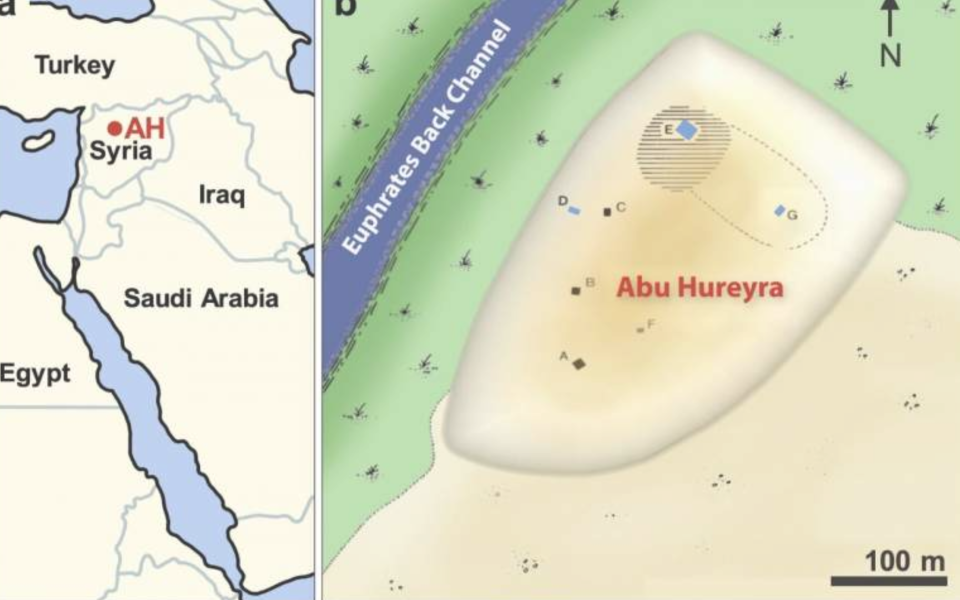Ancient human settlement 'was destroyed by comet 12,800 years ago'

“Meltglass” stone found in a human settlement from 12,800 years ago hints that the village was blasted by the impact of a comet that also wiped out animals such as mammoths.
The temperature needed to create the meltglass at Abu Hureyra, in present-day northern Syria, was far higher than the settlement’s humans could have created at that point – or even what could have been created by a volcano, according to a study in the journal Nature.
“To help with perspective, such high temperatures would completely melt a car in less than a minute,” said James Kennett, emeritus professor of geology at the University of California, Santa Barbara.
Read more: Life on Earth could have arrived on a comet
Kennet believes the meltglass could only have resulted from an extremely violent, high-energy, high-velocity phenomenon, something on the order of a cosmic impact.
He said Abu Hureyra is the first site to document the direct effects of a fragmented comet on a human settlement.
"The Abu Hureyra village would have been abruptly destroyed," Kennett said.
An impact or an airburst must have occurred sufficiently close to send massive heat and molten glass over the entire early village, he added.
Read more: A comet did it! Mystery of giant crater solved
These fragments are all part of the same comet that likely slammed into Earth and exploded in the atmosphere at the end of the Pleistocene epoch, according to Kennett.

This impact contributed to the extinction of most large animals, including mammoths, and American horses and camels.
"A single major asteroid impact would not have caused such widely scattered materials like those discovered at Abu Hureyra," Kennett said.
Read more: Asteroid that killed dinosaurs ‘exploded with force of 10 billion atomic bombs’
"The largest cometary debris clusters are proposed to be capable of causing thousands of airbursts within a span of minutes across one entire hemisphere of Earth.
“Our Abu Hureyra discoveries strongly support a major impact event from such a fragmented comet."
He added: "Our new discoveries represent much more powerful evidence for very high temperatures that could only be associated with a cosmic impact." Kennett, along with colleagues, first reported evidence of such an event in the region in 2012.
Abu Hureyra lies at the easternmost sector of what is known as the Younger Dryas Boundary (YDB) strewnfield, which encompasses about 30 other sites in the Americas, Europe and parts of the Middle East.
These sites hold evidence of massive burning, including a widespread carbon-rich "black mat" layer that contains millions of nanodiamonds, high concentrations of platinum and tiny metallic spherules formed at very high temperatures.

 Yahoo News
Yahoo News 

